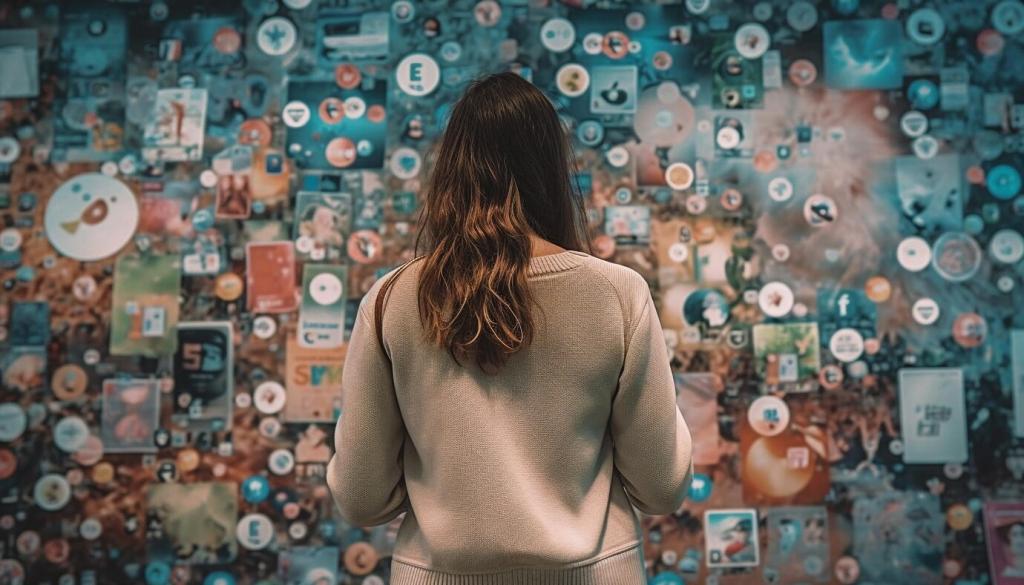Tools, Training, and Safety
A modern reporting kit can fit in your pocket: a smartphone for video, encrypted apps for tips, and cloud backups for evidence. Professionals add satellite imagery, archival databases, and newsroom research tools. Together, these resources help verify claims and preserve fragile, time-sensitive records.
Tools, Training, and Safety
Reverse image search, geolocation using street signs, matching skyline features, and checking weather data at claimed times are accessible techniques. Readers can learn them too. Practice turns curiosity into rigor, making crowdsourced verification a powerful ally for both citizens and professional reporters.









